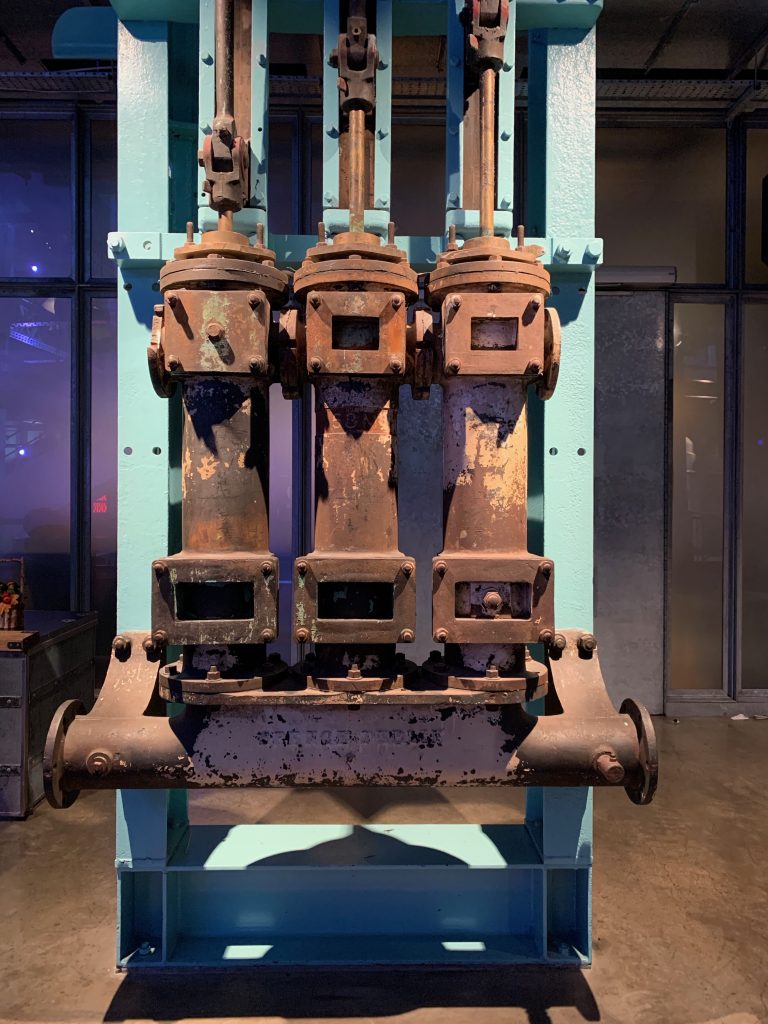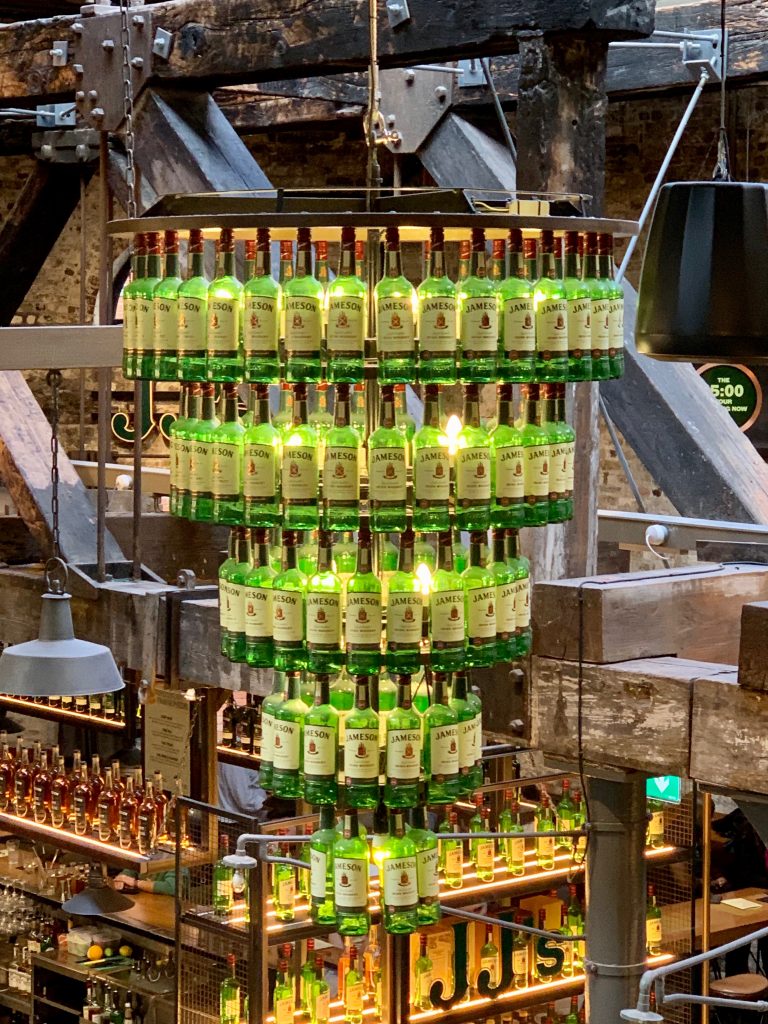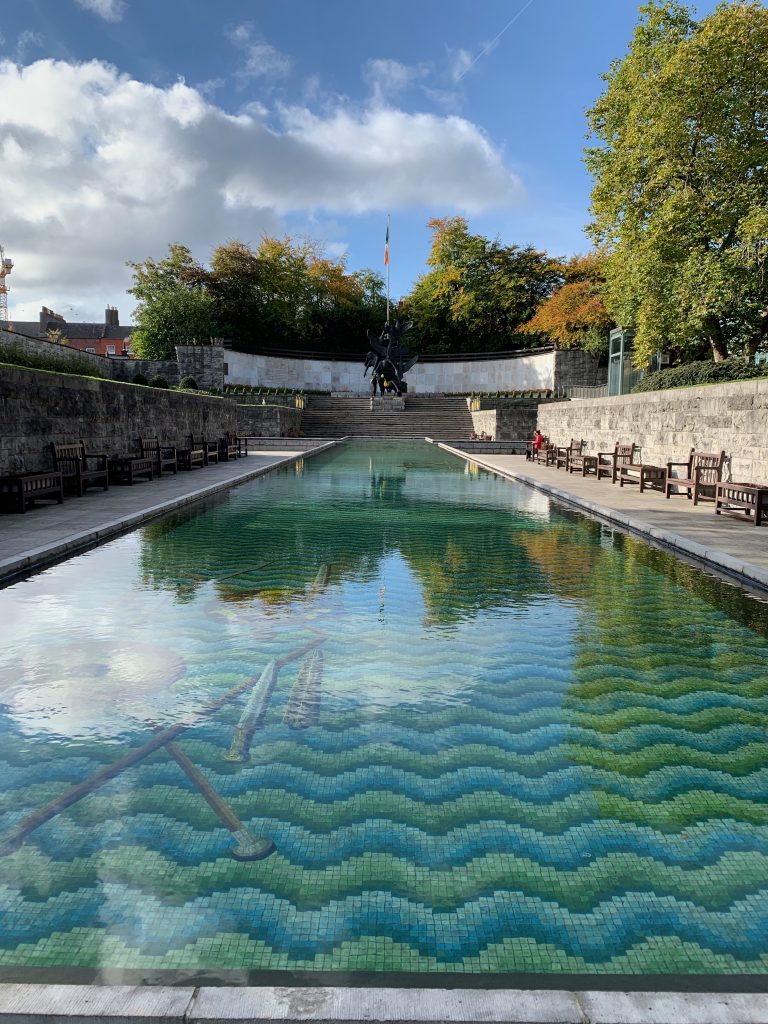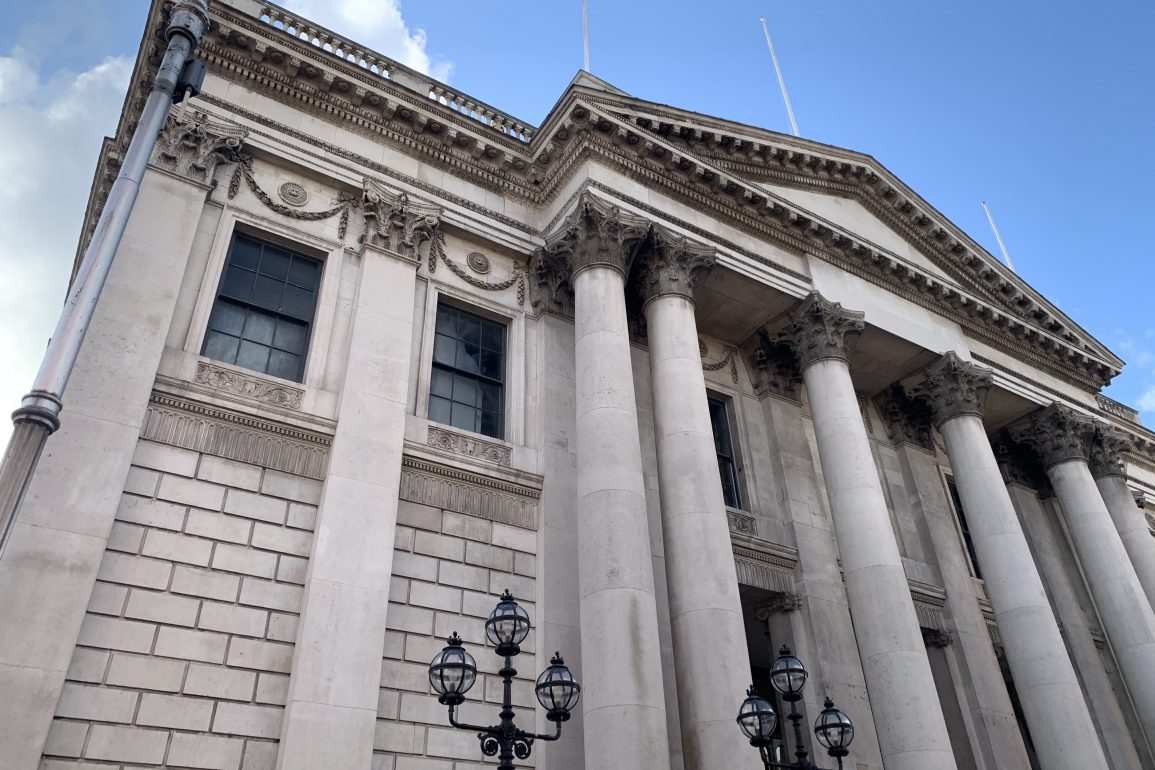Poppy’s Travel Diary – Ireland
Location – Dublin
Dublin is the capital of the Republic of Ireland, situated on Ireland’s east coast at the mouth of the River Liffey.
If there is one thing I took away from my Dublin visit it was the friendliness and acceptance of this nation as well as their great sense of humour. They are laid back and relaxed and the people I engaged with turned the visit into a truly magical one.
Where to stay
The Marker Hotel – if luxury is what you are looking for the Marker Hotel has to be in your top 5. It certainly is a hidden haven in a city centre location. Situated in the Grand Canal Square and the Docklands area.
Rest and relaxation are at hand with their luxury spa, which includes a 23-metre infinity pool, Jacuzzi, sauna and eucalyptus-infused steam room. Also on offer is a superb selection of award-winning massage treatments and skincare regimes.
Where to Eat
Tang Café stood out for me. The menu is heavily influenced by Middle Eastern flavours but includes fresh, local ingredients on the menu and the outcome is very tasty. The homemade flatbread is a ‘definite must’ if you decide to visit.
Where to visit
Glasnevin Cemetery Museum – Opened to the public for the first time on 21 February 1832 Glasnevin has evolved to become Ireland’s national cemetery, which now covers an area of 124 acres with over 1.5 million people laid to rest within its walls.
The first burial, that of eleven-year-old Michael Carey from Francis Street in Dublin, took place on the following day after opening in a section of the cemetery known as Curran’s Square.
Glasnevin is one of the few cemeteries that allowed stillborn babies to be buried in consecrated ground and contains a special area called the Angels Plot
Throughout the late 19th and early 20th century, it became the resting place of some of the most well-known figures in Irish history such as Daniel O’Connell, Charles Stewart Parnell, Michael Collins, Éamon de Valera and Constance Markievicz
There is a note of eeriness when walking through the rows and rows of gravestones. A place of sheer beauty, but sadness too.
The Museum takes you on a journey through the history of the cemetery itself. Here you will uncover more about the phenomenon of grave robbing which was at one time rife in the city. You will learn a bit more about the people who are buried here, what they owned and what was sacred to them
If you wander to the far side of the cemetery to the Prospect Square entrance there is a Gate, which takes you to the National Botanic Gardens if you fancy exploring the importance of plants.
Guinness Storehouse – Founded in 1759 by Arthur Guinness, a brewer, entrepreneur and philanthropist who had a staggering 21 children, of whom 10 survived to maturity.
This is an immersive, interactive, fun tour you will not regret visiting, I can understand why this is Ireland’s number one attraction.
The Storehouse is the home of the ‘Black Stuff’ and has 7 floors filled with experiences that merge their long brewing heritage with Ireland’s rich history. At the top, you can enjoy a pint of Guinness with panoramic views from the world-famous rooftop Gravity Bar.
In 1759, at the age of 34, Arthur Guinness signed a lease for the St. James’s Gate Brewery, Dublin. He leased the brewery for 9000 years at an annual rent of £45. The brewery was only 4 acres in size, disused, and had little brewing equipment. Despite this, Arthur quickly built up a successful trade and by 1769 he had begun to export his beer to England.
Arthur’s business was passed on to his son, Arthur Guinness II, who took over the Brewery. The business was then passed on from father to son for five successive generations; a remarkable brewing dynasty.
In the 1830s the St. James’s Gate Brewery became the largest brewery in Ireland.
By the turn of the 20th century, GUINNESS had become an international brand and the largest brewery in the world.
GUINNESS Stout today is sold in over 150 countries around the world and 10 million glasses are enjoyed daily around the world.


Jameson Distillery Bow St – I joined the Bow St tour, which was interesting, engaging and the tour guide had an Irish sense of humour, which made the experience a lot of fun.
All in all, highly recommended experience with heritage, history and tastings all thrown in. I finish my experience with a super Jameson cocktail drink, the recipe of which I have preserved and have replicated on many occasions since my trip to Ireland.
The founder of Jameson Irish Whiskey, Scotsman John Jameson, who had 8 sons and 8 daughters began to manage the distillery that belonged to his wife’s family in Dublin’s Bow Street in 1786. In 1805, he bought it outright, and five years later, he and his son of the same name officially founded the John Jameson and Son Irish Whiskey Company.
In 1966 John Jameson merged with Cork Distillers and John Powers to form the Irish Distillers Group. In 1976, the Dublin whiskey distilleries of Jameson in Bow Street and in John’s Lane were closed following the opening of a New Midleton Distillery by Irish Distillers outside Cork.
The old Jameson Distillery in Bow Street now serves as a museum that offers tours and tastings.


Garden of Remembrance – The Garden of Remembrance is a memorial garden in Dublin dedicated to the memory of “all those who gave their lives in the cause of Irish Freedom”
Dáithí Hanly designed the Garden. It is in the form of a sunken cruciform water feature. Its focal point is a statue of the Children of Lir by Oisín Kelly, symbolising rebirth and resurrection, added in 1971. This is an interesting feature close to the town centre, a place for thoughts and contemplation.


Dublin Castle – If History is what you are looking for; this is a great place to start. Erected in the early thirteenth century on the site of a Viking settlement, Dublin Castle served for centuries as the headquarters of English, and later British, administration in Ireland. In 1922, following Ireland’s independence, Dublin Castle was handed over to the new Irish government. It is now a major government complex and a key tourist attraction.
Poppy Watt
Check out Poppy’s Travel Diary – Italy here


